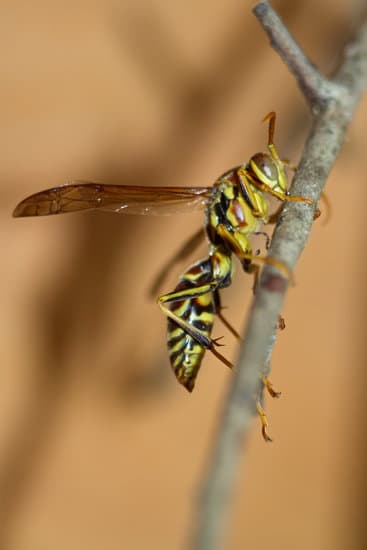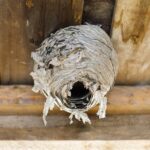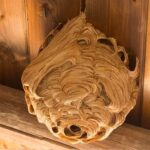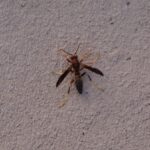How Can Wasps Survive Winter?
During the winter months, most wasps die off, unless they are mated females. Wasps have two options to survive the cold: they can enter a secluded, warm place or they can hibernate. However, the choice isn’t always obvious.
First, solitary wasps don’t usually hibernate in the same way that queen wasps do. These wereps hide out in crevices, cracks, and gaps, or even in the walls of homes. Some parasitic wasps, however, overwinter inside or atop a host. The larvae feed on the host when they hatch, and some parasitic wasps even spin cocoons at the beginning of the winter season.
Second, a queen wasp will hibernate in a dry, warm place. Her wings will be tucked around her body, and she’ll spend the winter months in deep sleep. If she doesn’t get enough food to survive, she’ll starve to death.
Then, the queen will start the construction of a new nest. This nest is a water-resistant paper-like structure. If the weather gets warm enough, the queen will begin laying eggs. The nest will eventually contain about 5,000 wasps, and it will produce another queen and male wasps.
Finally, the queen will emerge from hibernation, and start to look for a new place to lay eggs. She will choose a spot in the home that is sheltered from the cold, and she’ll begin to build her nest. This may include the wall or a window frame.
It is important to understand that the only wasps that are able to survive winter are mated females. This is because male wasps are killed by the cold, and they don’t produce enough workers to keep the colony alive.








